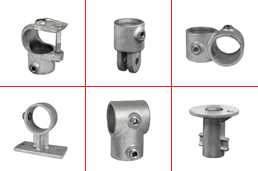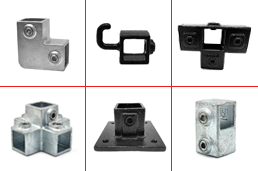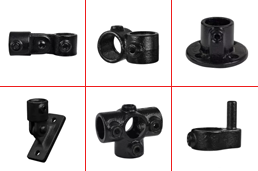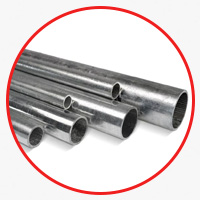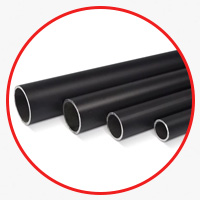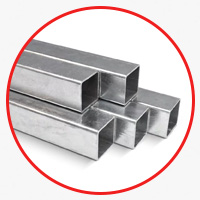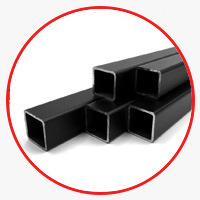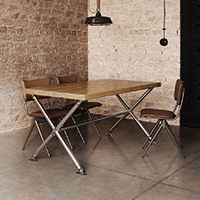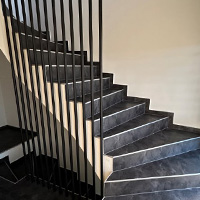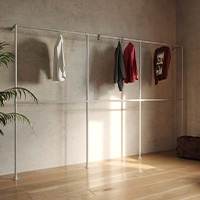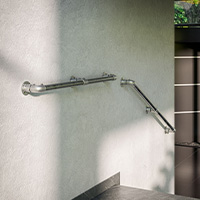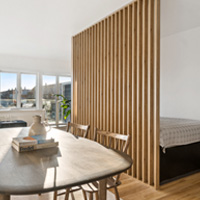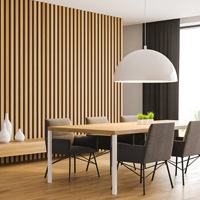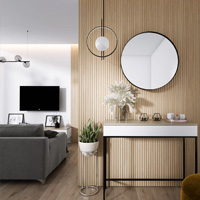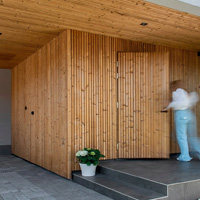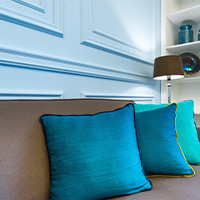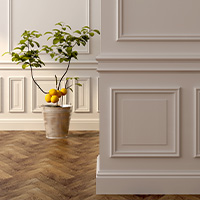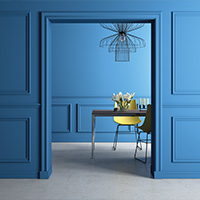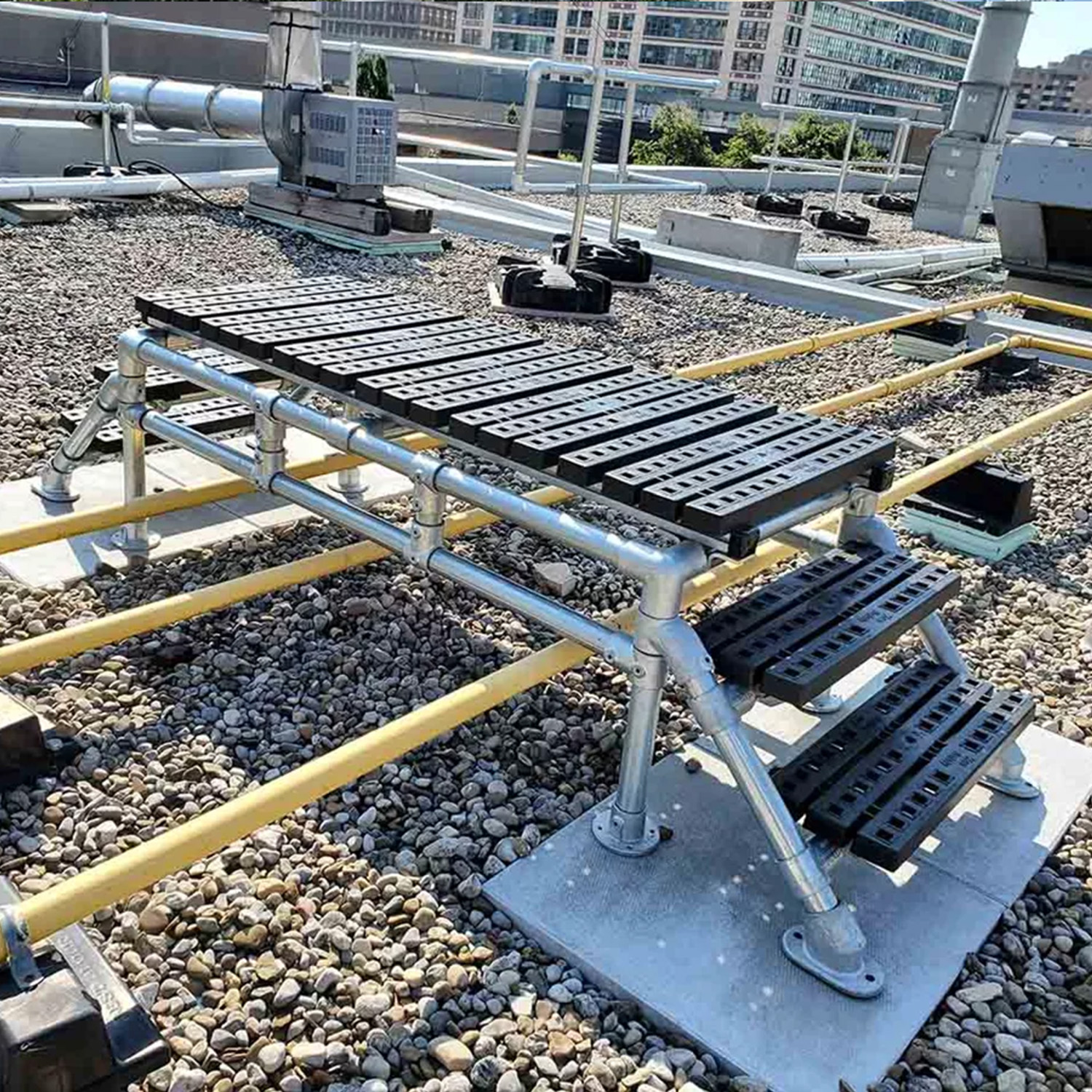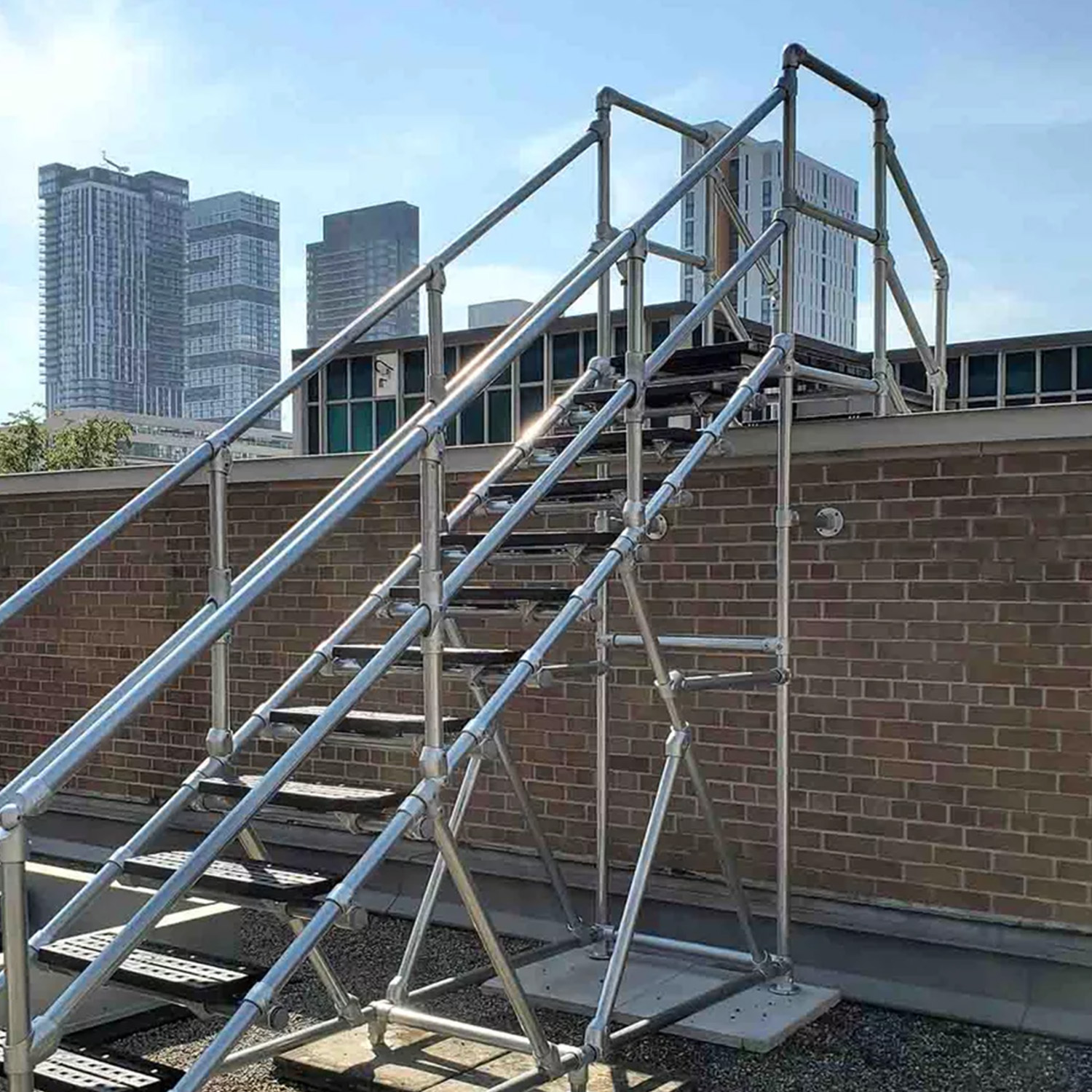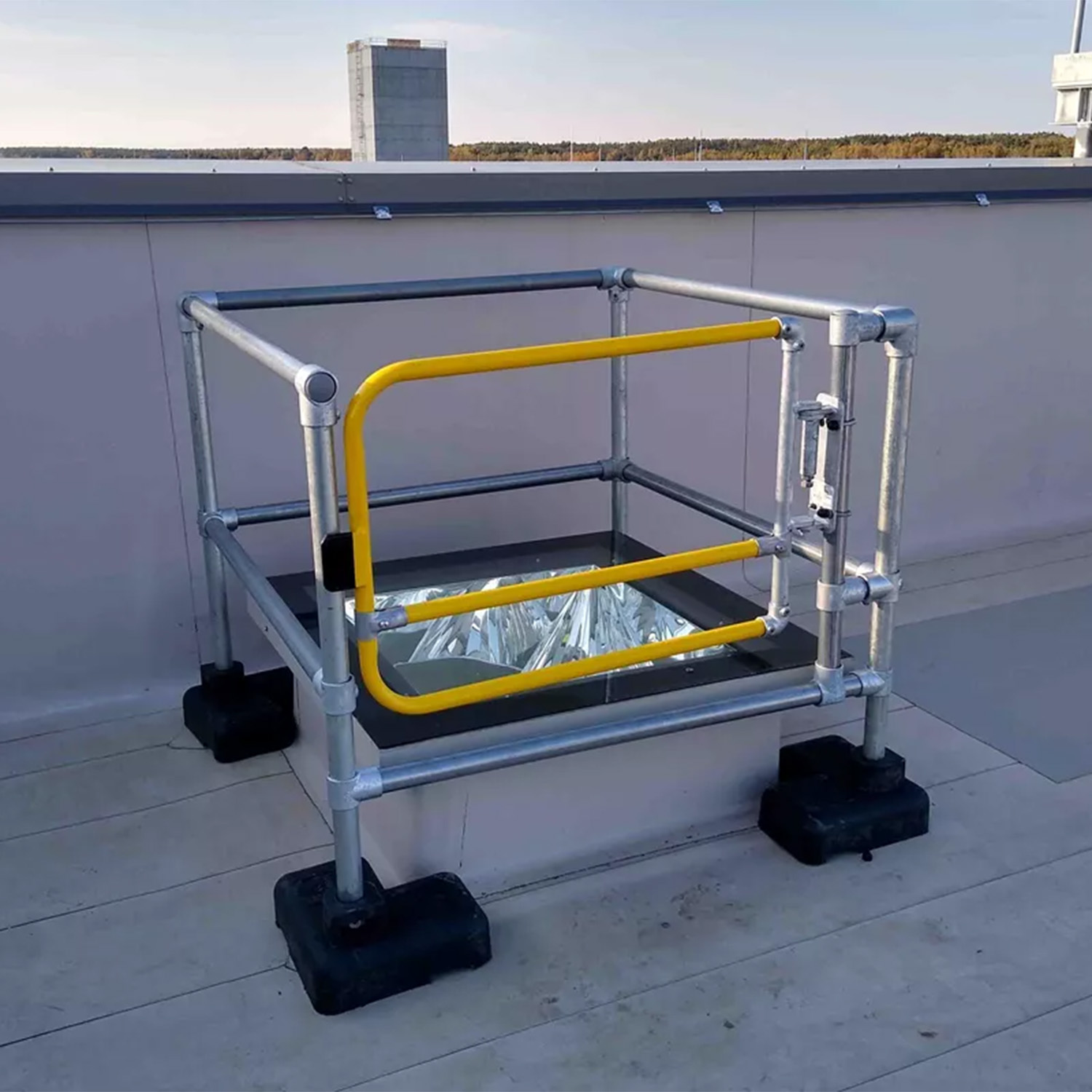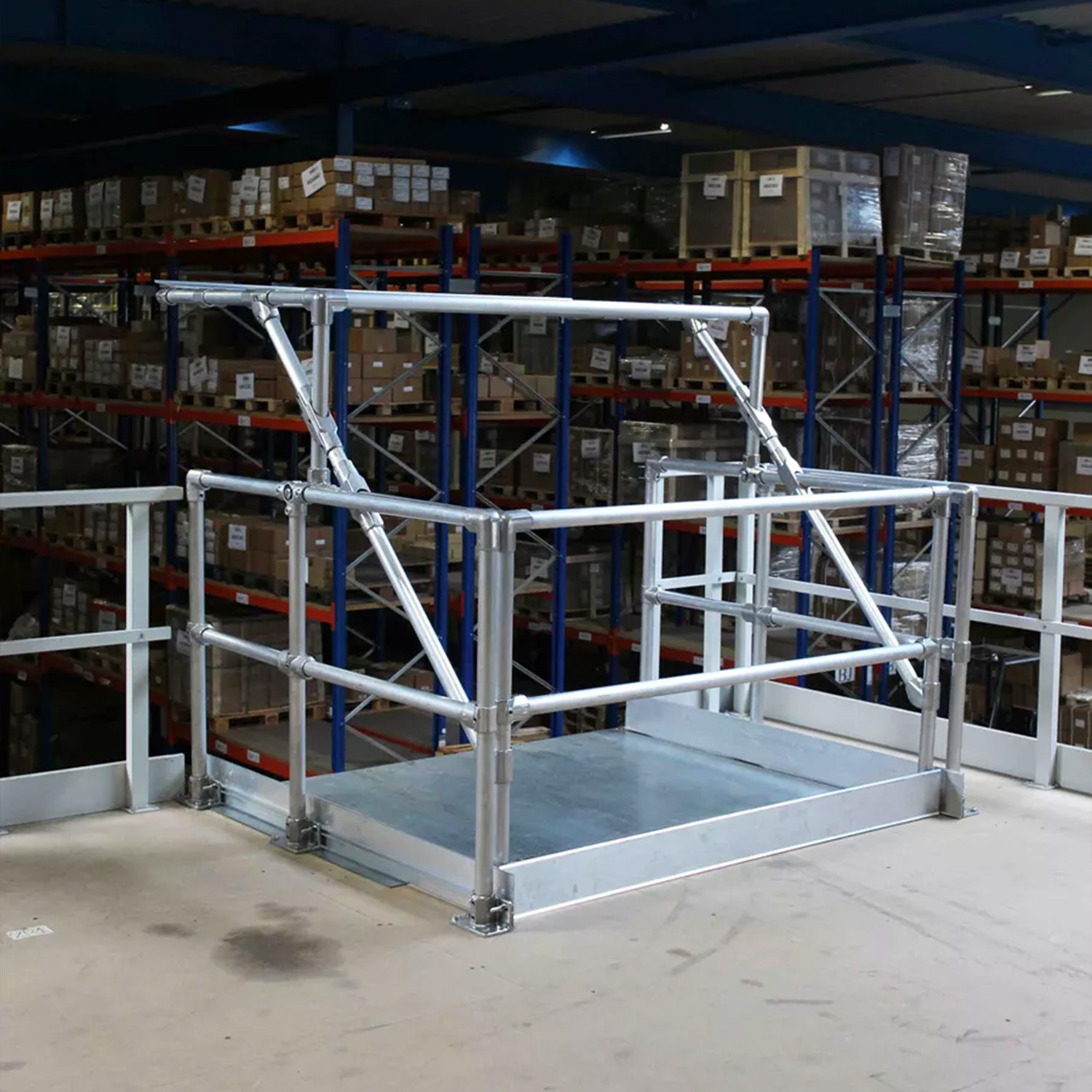Tubes
Each tube description provides outer tube diameter. In addition, another value provided for a given dimension (e.g. 42x2, 42x3) determines the thickness of the outer wall of the tube. The tube diameter reflects the outer diameter. The associated tubefittings have the same tube diameter in the product name, therefore you always know whether you have the correct size of a connector for your tube. The inner diameter of the fittings is slightly bigger, so you can easily slide them over the tubes.
Shipment of oversized loads, i.e. exceeding 120-140 cm, is associated with high transport costs that we incur on the delivery of our products. We sell goods to all EU countries, which in the case of such loads is often associated with a large distance and a non-standard size of the packaging. Weight is another criterion important especially in the case of the purchase of heavier tubes (steel). However, the most important factor affecting the cost of shipping in this case is the length of the load.
No. Due to the already assumed tolerance for cutting (2-3 mm), the adopted length possible to order was rounded to full cm
The very depth to which a tube goes in the connector depends on the tube connector used and its diameter.
The tube usually goes inside the fitting at the depth of at least 2 to 3 cm.
Usable dimensions can be found in the technical illustration of each tube connector.
The diameter of the tube provided first indicates the outer dimension, followed by the sign "x" after which stands the thickness of the tube wall.
Our steel tubes are hot-dip galvanized. This means that the steel tubes are coated with a layer of zinc, which makes them resistant to corrosion. The tubefittings are made of cast iron and are fully galvanized. As a result, they are also suitable for external use.
Tubes made of steel are stronger and stiffer. For this reason, steel tubes are often used for structures that are exposed to heavy loads and characterized by larger spans. Due to their industrial nature and resistance to scratches, steel tubes are also often used in the manufacture of furniture. Their disadvantage as compared to aluminum tubes is that steel is much heavier. Aluminium tubes are often used for advertising structures. This is to avoid adding up unnecessary load.
An aluminum tube, compared to a steel tube, is more susceptible to bending over long intervals. According to our calculations, the maximum distance between two supports (for a wall frame) or two supports (for a freestanding frame) is 150 cm. It is worth noting that steel is much heavier than aluminum. The actual weight per meter can be found in the product description. If you need additional strength calculations, we recommend consulting a constructional engineer or scaffolding specialist.
All tubes are suitable for external and internal use.
Galvanized tubes were covered with a protective layer against atmospheric factors using hot-dip galvanizing.
Aluminium tubes (black) are naturally suitable for external use as they get covered with a protective layer as soon as they come into contact with oxygen.
Black steel tubes are protected from the weather conditions by a black UV-resistant coating.
In the course of time corrosion may occur in damaged places and at the edges of the cuts.
Rust does not affect the strength of the structure and can usually be removed.
For galvanized steel tubes and raw aluminum tubes, the maximum length is 600 cm. Black tubes - 300 cm.
You can order the tubes in maximum length of 300 cm through the shopping cart at our store. If you need longer tubes, please contact us by e-mail.
We cut the tubes to the desired length. Tubes can be cut starting at a length of 5 cm. We do not charge any costs for cutting the tubes. You can select the desired length on the product page and the price will instantly show up.
The diameter of the tube you need depends on the structure, the span and the weight that the structure is to support. Tables are often made of tubes with a diameter of 42.4 mm. Coat hangers, stair railings, clothes hangers and cabinets have diameters of 26.9 mm and 33.7 mm. For large projects such as canopies and pergolas, diameters of 42.4 mm or 48.3 mm are often used. Click here for a full overview.
Our tubes are stable and made of durable material. Thanks to their high quality, our tubes are resistant to damage. However, minor scratches may appear on the external surface of the tubes.
Galvanized steel tubes are resistant to scratches and impacts, and thanks to their sturdy look, any possible scratches will not be noticeable. Aluminum is prone to scratches and can be more easily damaged due to the softness of the material. The black tubes are covered with an impact-resistant coating. Despite the coating, we recommend careful handling of the tubes as the coating is sensitive to scratches, especially with sharp objects.

